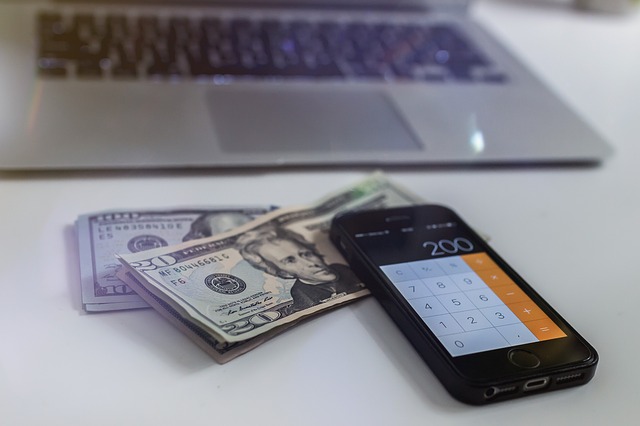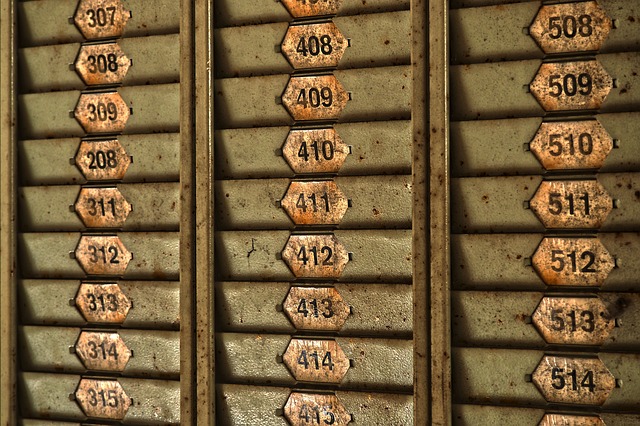
What Goes in a Budget?
You may feel stretched thin by bills, or eager to make progress with your financial goals. No matter what your motivation is, there is one tool in particular that will help you stay financially on-track and in control: your budget.
As you work to put a realistic, useful budget together, you may ask yourself: what do I need to include in here? The short answer is… everything! With your income in mind, and a healthy restraint toward your credit card use, make a budget that will keep you living within your means, but also carry you forward to your financial goals.
Try breaking your budget into the following three categories:
Household Expenses: Whether you’re overhauling or just starting your budget, be sure to identify and include all of your month’s necessary expenses. These are things like groceries, cleaning supplies, and pet food. Overall, aspire to keep your expenses to less than a third of your budget. If you are struggling to lower these costs to below 30% of your income, consider starting a side business. The new income will help you manage your costs, rather than leave you feeling controlled by them.
Bills: These make up most of our regular expenses. Calculate how much you will need to spend on utilities, memberships, insurance, mortgage, and car payments each month. A healthy budget will limit your bills to less than half of your total expenses.
Financial Goals: Ideally, after bills and household expenses, you will have left yourself 20%, if not more, of your income to put toward financial goals. It is important to work slowly, but steadily, toward your financial security, your next major trip, retirement, and beyond!
Nothing disrupts a well-balanced budget like an emergency. If you have not done so already, consider contributing the 20% of your income toward growing an emergency fund large enough to cover at least one month’s loss of income.
To learn more ways to improve your financial life, visit the Syncis blog.



